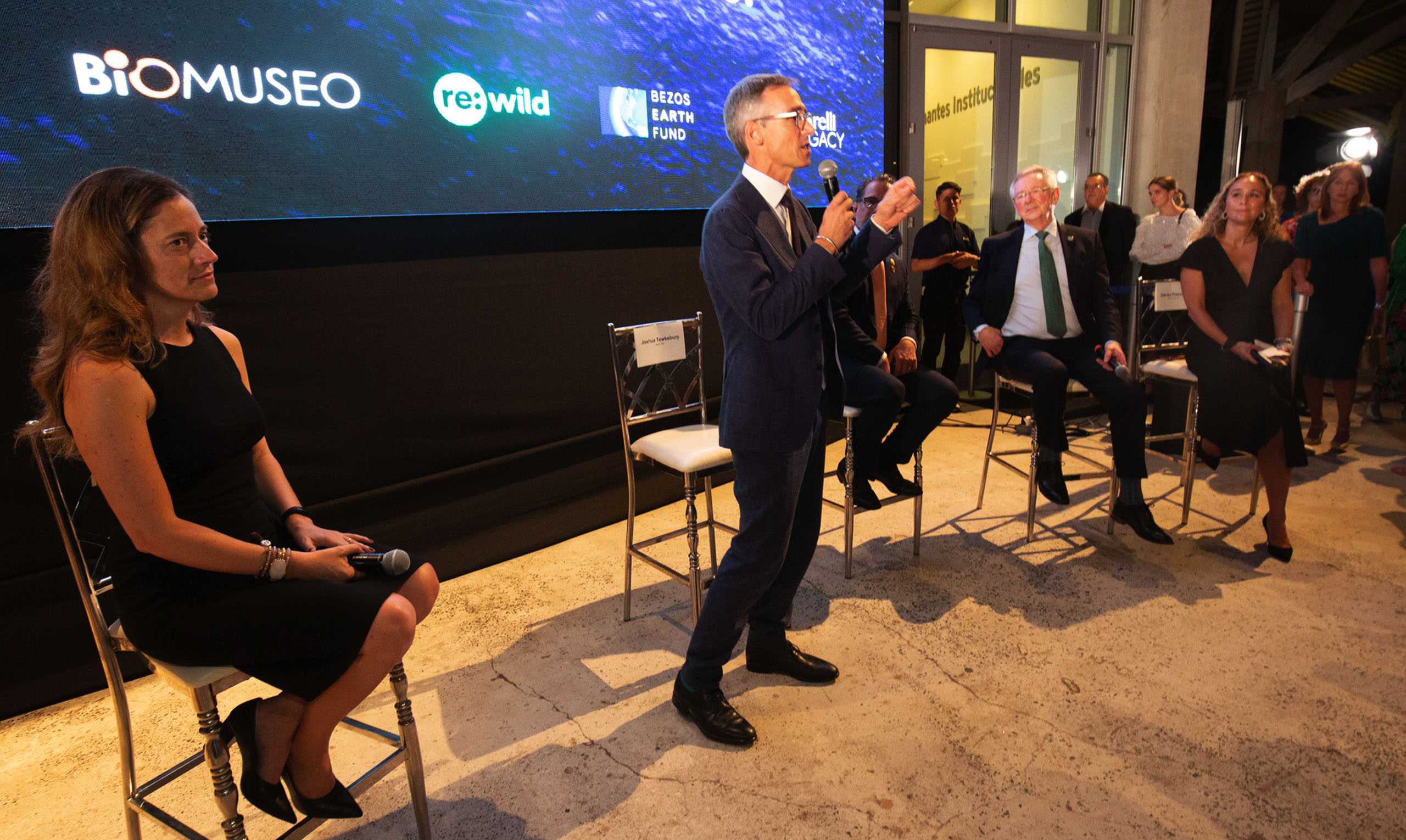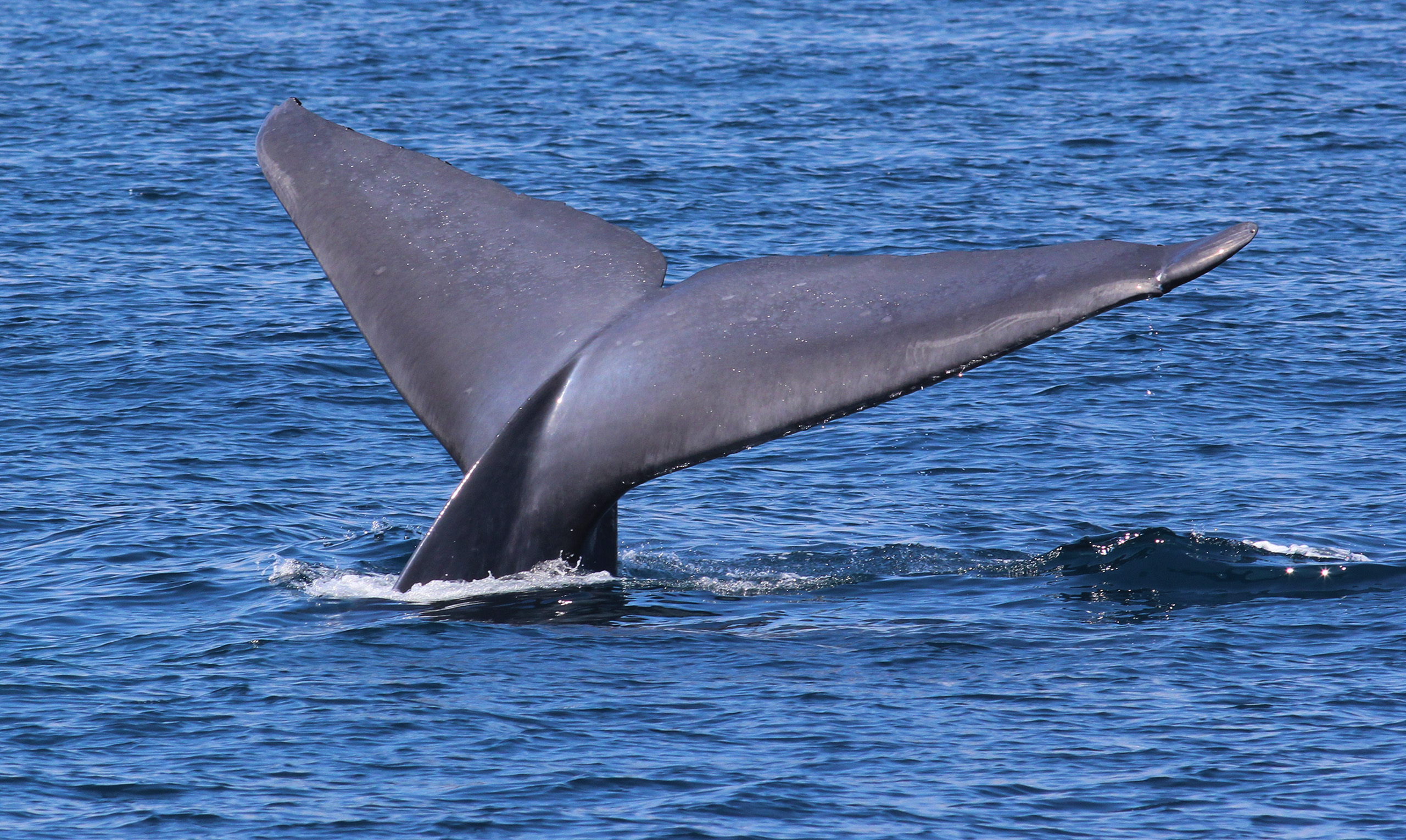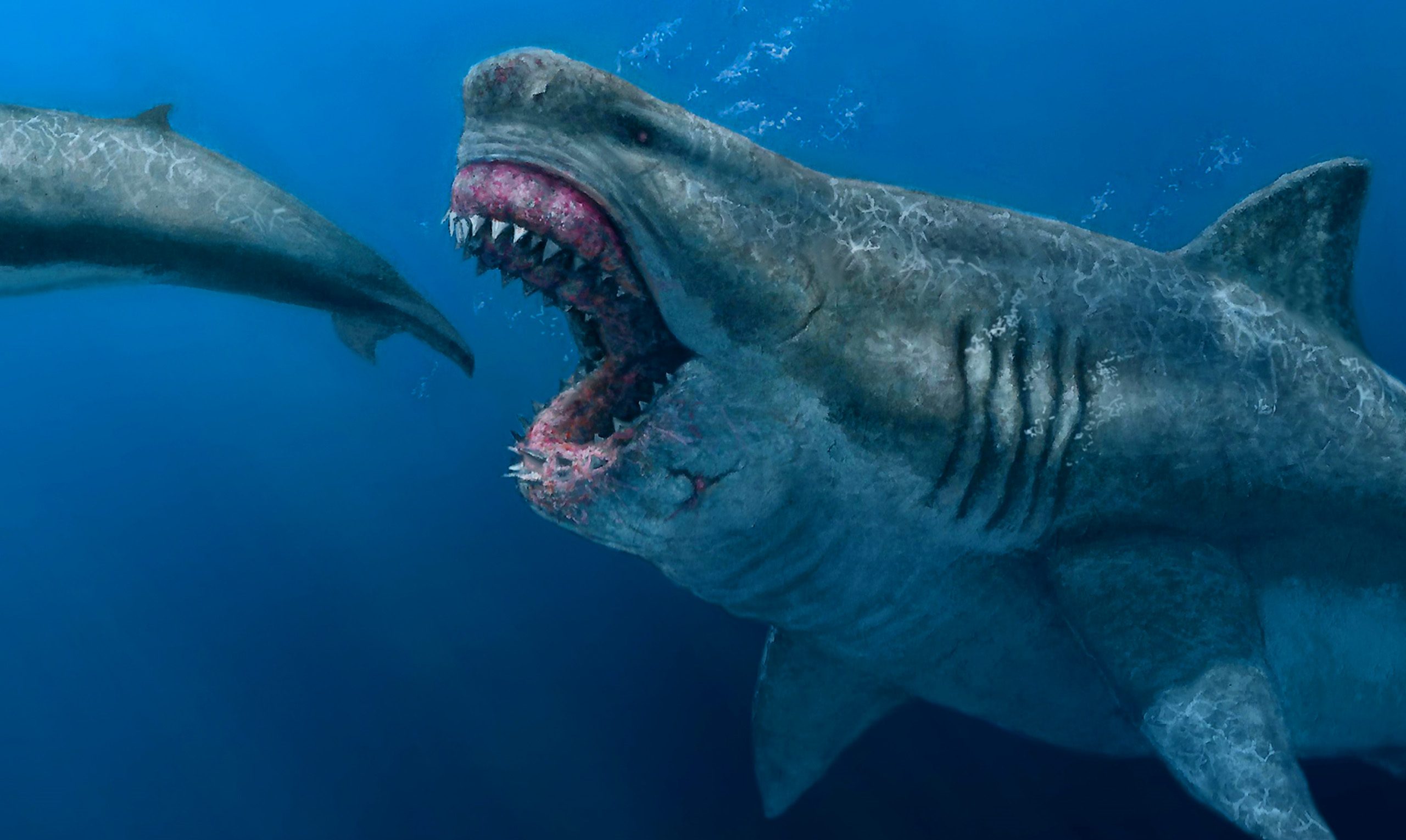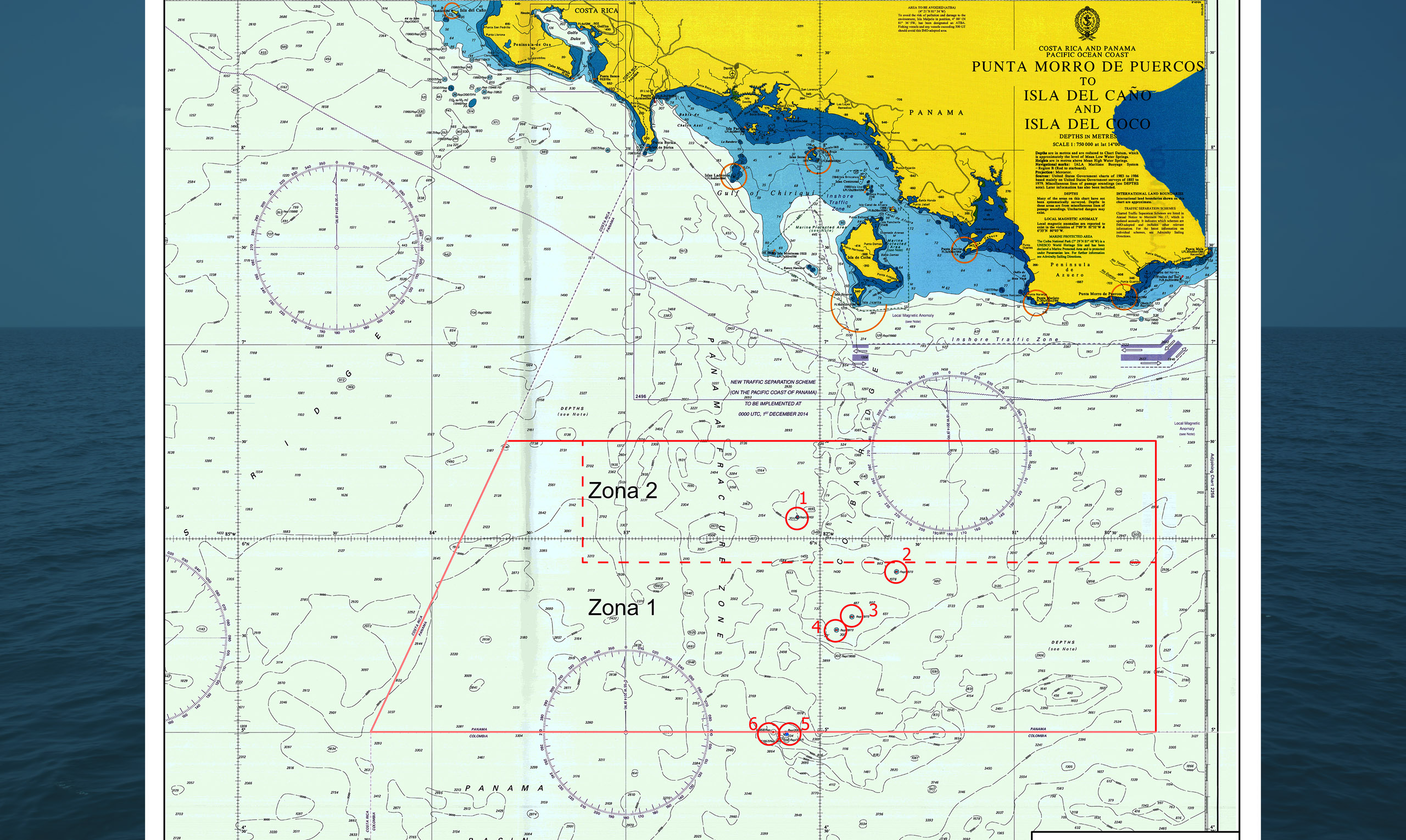Together for the Ocean
Sustainability and resilience in the Eastern Tropical Pacific: What will it take?
At the 2023 Our Ocean Conference in Panama (Mar. 2-3), STRI and partners welcomed John Kerry, United States Special Presidential Envoy for Climate and representatives of civil society, philanthropy and science sectors to celebrate a regional initiative to protect the Tropical Eastern Pacific.
Story location
Text by Beth King
Fisheries and Marine Conservation Marine Biology Ecosystem Ecology Biodiversity Ecosystem Services Exploration Life in Deep Time Naos blue
blueTogether for
the Ocean



















